The Lion King CGI: A Masterclass in Photorealistic Effects
The Lion King CGI has been a highly debated topic since the film’s release in 2019. Despite mixed reviews, the film’s creative journey remains an incredible achievement in terms of photorealistic effects, with MPC’s VFX Supervisor Elliot Newman at the helm of the production. In this article, we explore the making of The Lion King, from the approach to animal inspiration to the tools utilized during the process.
Starting Work on the Lion King
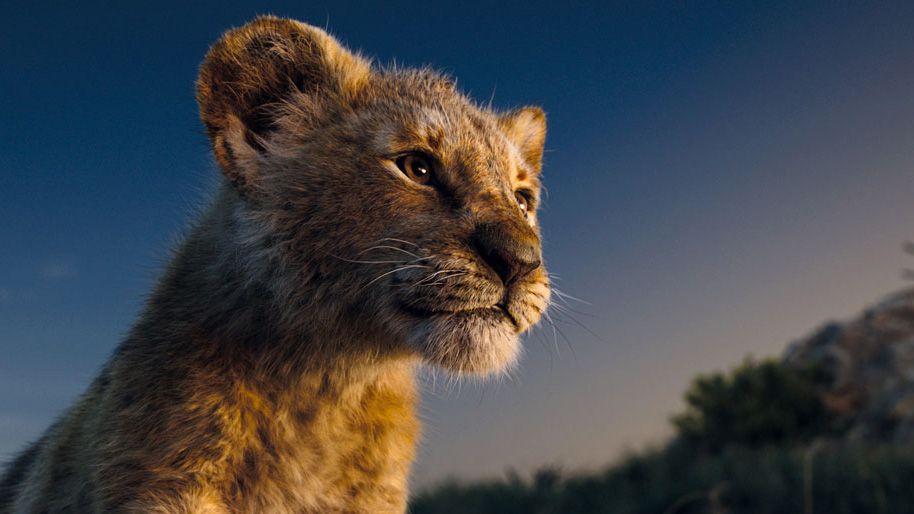
Elliot Newman, VFX Supervisor on MPC’s Lion King production, recalls starting work on the project in January 2017. Preparing a teaser of 25 shots for D23 took place in August of the same year. Every shot was a different location and was completed on a very rapid schedule. Newman met regularly with two or three production staff and one CG supervisor to discuss the process of shooting approval. Newman also talked daily with the lighting leads and Rob Legato, the film’s production visual effects supervisor.
Challenges Faced in the Making of the Lion King
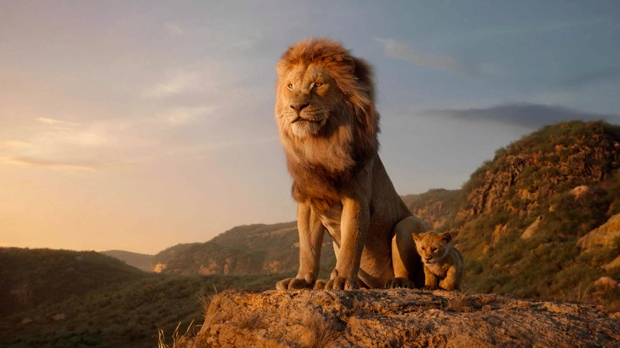
Newman faced significant challenges while working on the film, with a volume of data being organised, shared, and iterated between MPC and the production base in Los Angeles. One of the most significant challenges was the pressure to manage the fact that MPC was the sole facility responsible for asset-building. The expectations were incredibly high, and the scale of the work was enormous.
Motion Capture vs Key-Frame Animation
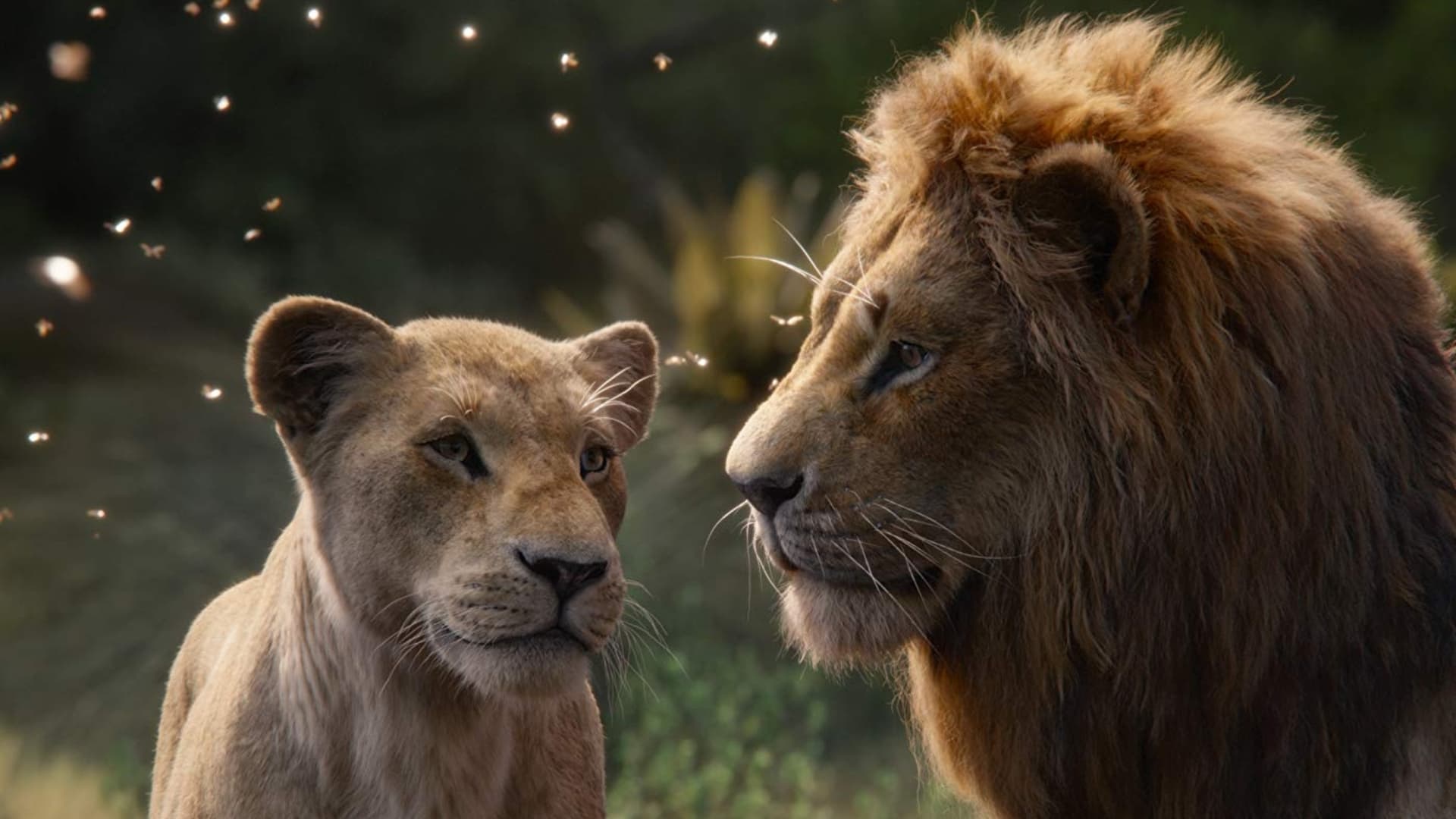
The Lion King was created entirely using key-frame animated characters, with no motion capture undertaken in the making of the film. While the film’s foundation is in long-standing traditions of animation, it was reset within the context of virtual production. The camera and focus-pulling moves were recorded from the virtual camera, and Jon Favreau put VR goggles on to work out the shots. Pre-animation was handled in Maya and then exported into Unreal Engine for the visual effects.
The Virtual Production Approach
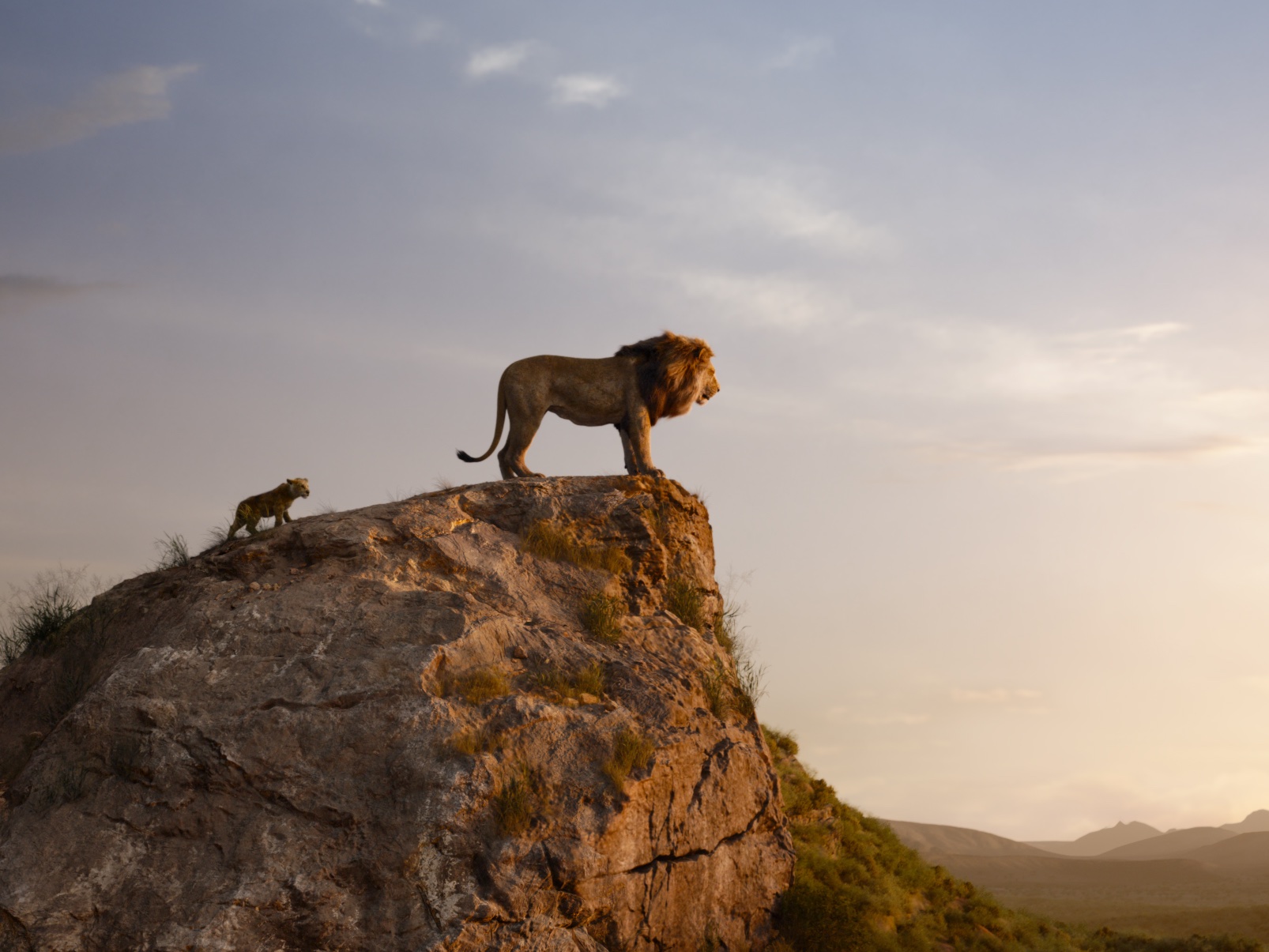
Through the virtual production approach undertaken on The Lion King, MPC has further refined previous approaches to character work. The assets for the film were built at the London studio before being made available to the production base in Los Angeles, where the virtual production work of ‘shooting’ the movie took place. Animation for the movie was then undertaken by Newman’s team in London, with input also provided by MPC’s Los Angeles and Bangalore studios.
The Use of CGI in The Lion King
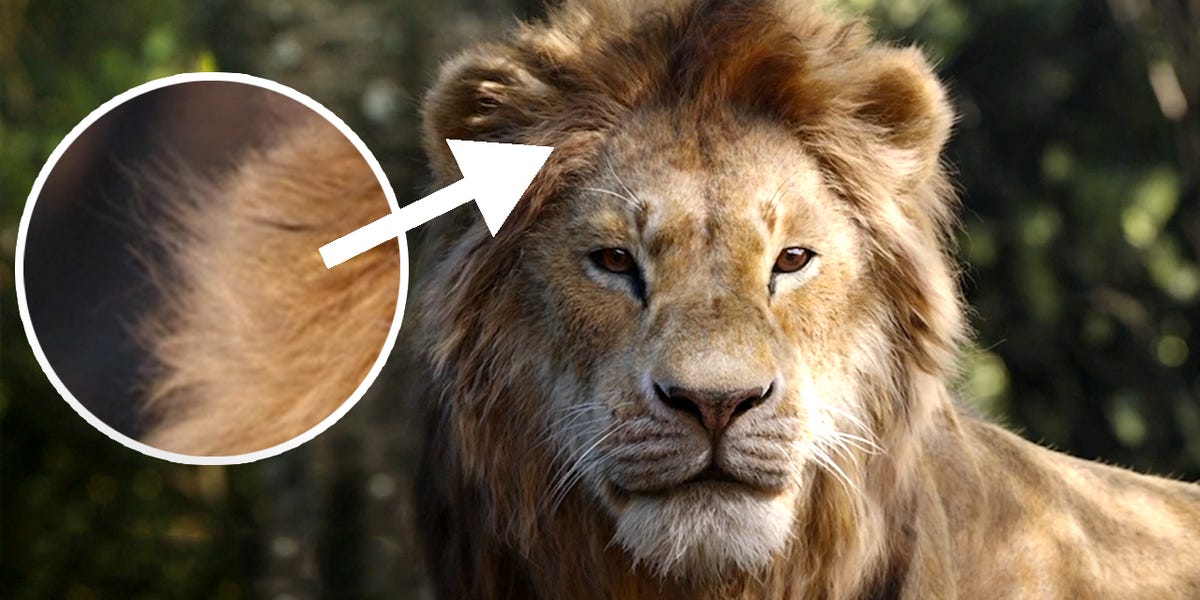
The Lion King takes photorealistic effects to new heights, with all but one shot of the film rendered digitally. The film’s use of technology expands on the synthetic world-building that’s increasingly prevalent in blockbuster cinema. Its CGI is so realistic that Disney animators took inspiration from real-life creatures, such as lion cubs at the Dallas Zoo.
The Lion King Classified as Live Action
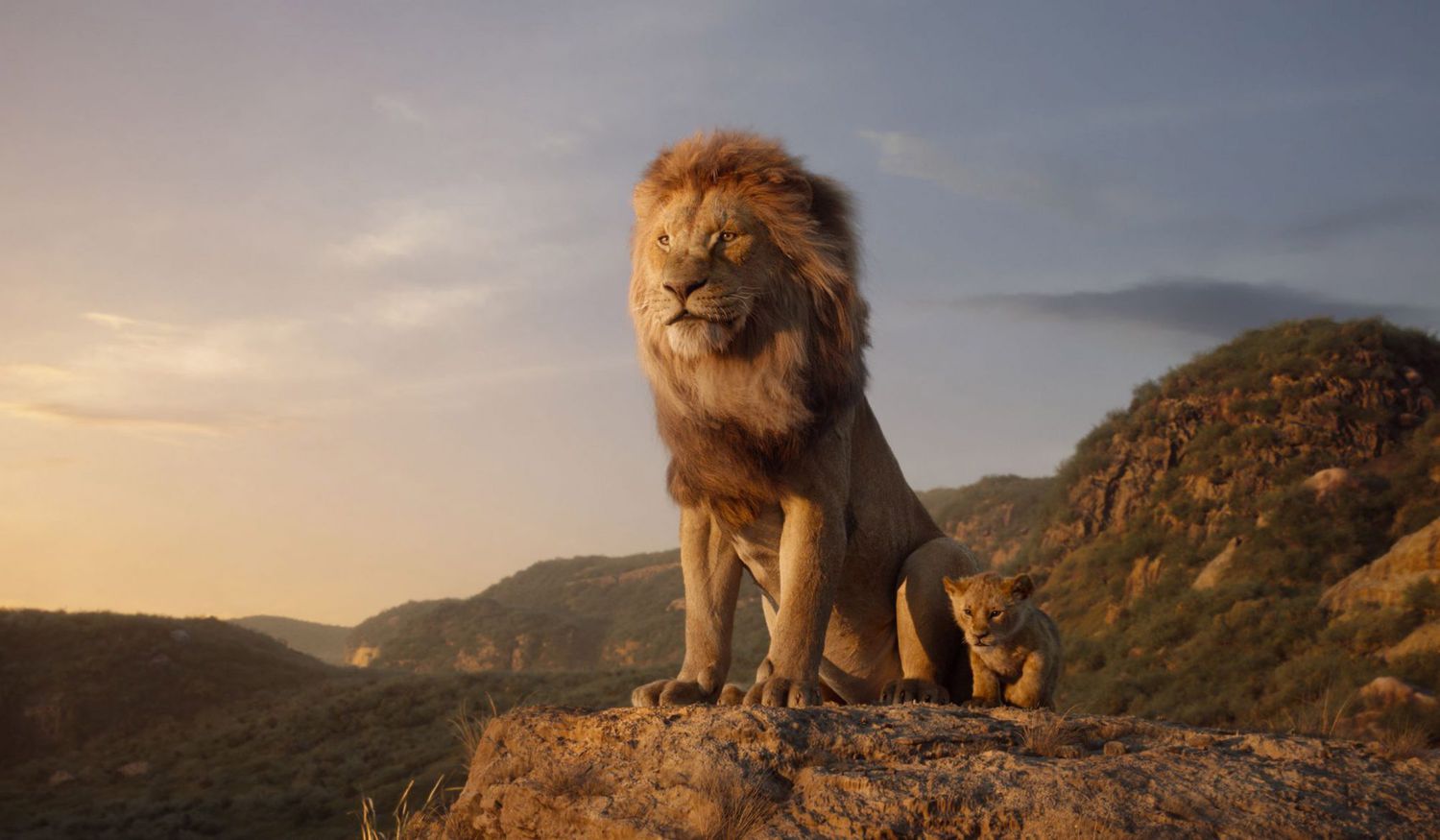
Despite being animated entirely using CGI technology, Disney has classified The Lion King as a live-action movie. While many people question this characterization, Disney maintains that it holds true since the filmmakers intended to make the visuals look as realistic as possible with no human interaction.
The Lion King at the Box Office
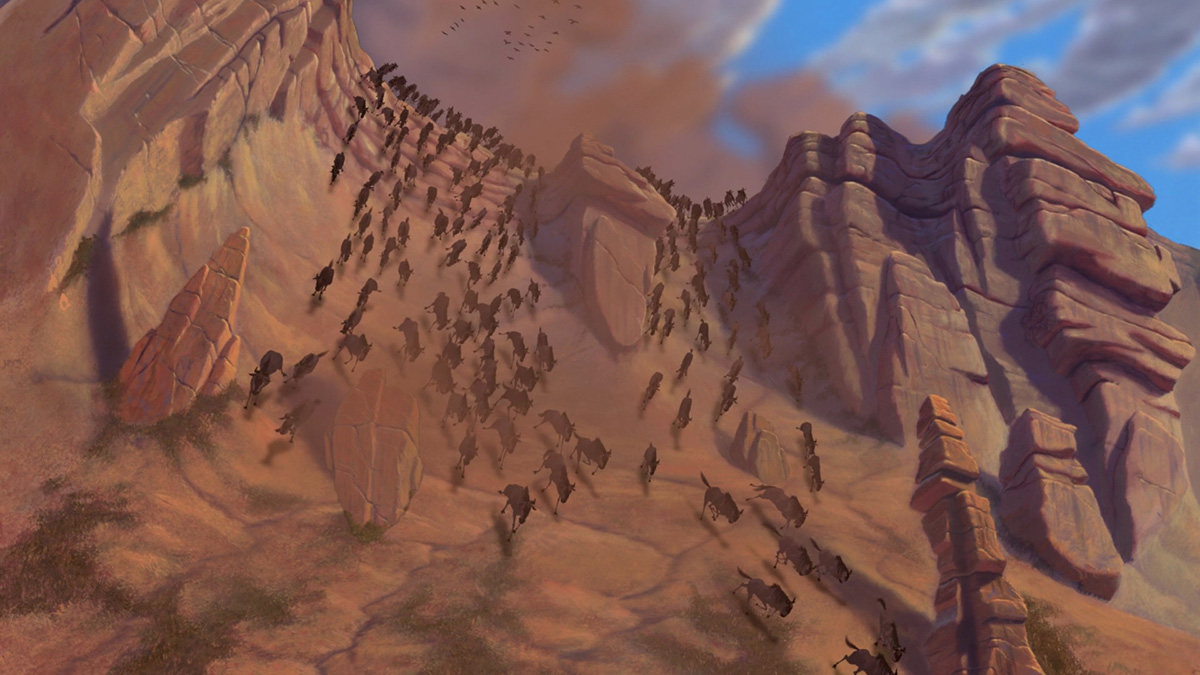
Disney has had a record-breaking year at the box office, with The Lion King contributing a significant portion towards exceeding $10 billion in worldwide movie ticket sales. The Lion King has garnered mixed reviews, but it’s already a top contender in the best-animated feature category for next year’s award season.
The Lion King 2019 – Plot
The Lion King follows the same story as its predecessor, with a thrilling tale told as a hybrid of Shakespearean tragedy, coming-of-age flick, and Broadway musical. All major characters, including Mufasa, Simba, Scar, Zazu, Rafiki, Sarabi, Young Nala, and Sarafina, appear in this CGI-based film.
Expanding on Photorealism in Film
The Lion King falls under the domain of photorealistic films that utilize CGI and other advanced technology to make it look as realistic as possible. However, unlike many of its contemporaries, it does not have any live-action elements. As a result, the artists on The Lion King had to think outside the box to convey the vast emotions seen in the story.
Conclusion
A photorealistic masterpiece, The Lion King CGI has set new standards in the animation industry with its impressive visuals, innovative technology, and exceptional storytelling. Despite the criticisms, the film remains a remarkable achievement and a major milestone in movie-making history.
FAQs
1. Was The Lion King entirely animated using CGI?
Yes, except for one shot of the film, The Lion King was entirely animated using CGI.
2. How did Disney classify The Lion King’s animation?
Despite being entirely animated using CGI technology, Disney has classified The Lion King as a live-action movie.
3. How successful was The Lion King at the box office?
The Lion King contributed significantly to Disney’s worldwide movie ticket sales of over $10 billion in 2019 and is already a top contender in the best-animated feature category for next year’s award season.
4. What is the virtual production approach employed in The Lion King?
The virtual production approach undertaken in The Lion King involved building all assets for the film at the London studio before making them available to the production base in Los Angeles, where the virtual production work of ‘shooting’ the movie took place.
5. Does The Lion King remake differ significantly from the original?
No, The Lion King remake broadly follows the same plot as its predecessor, with only minor changes made to the original narrative.

